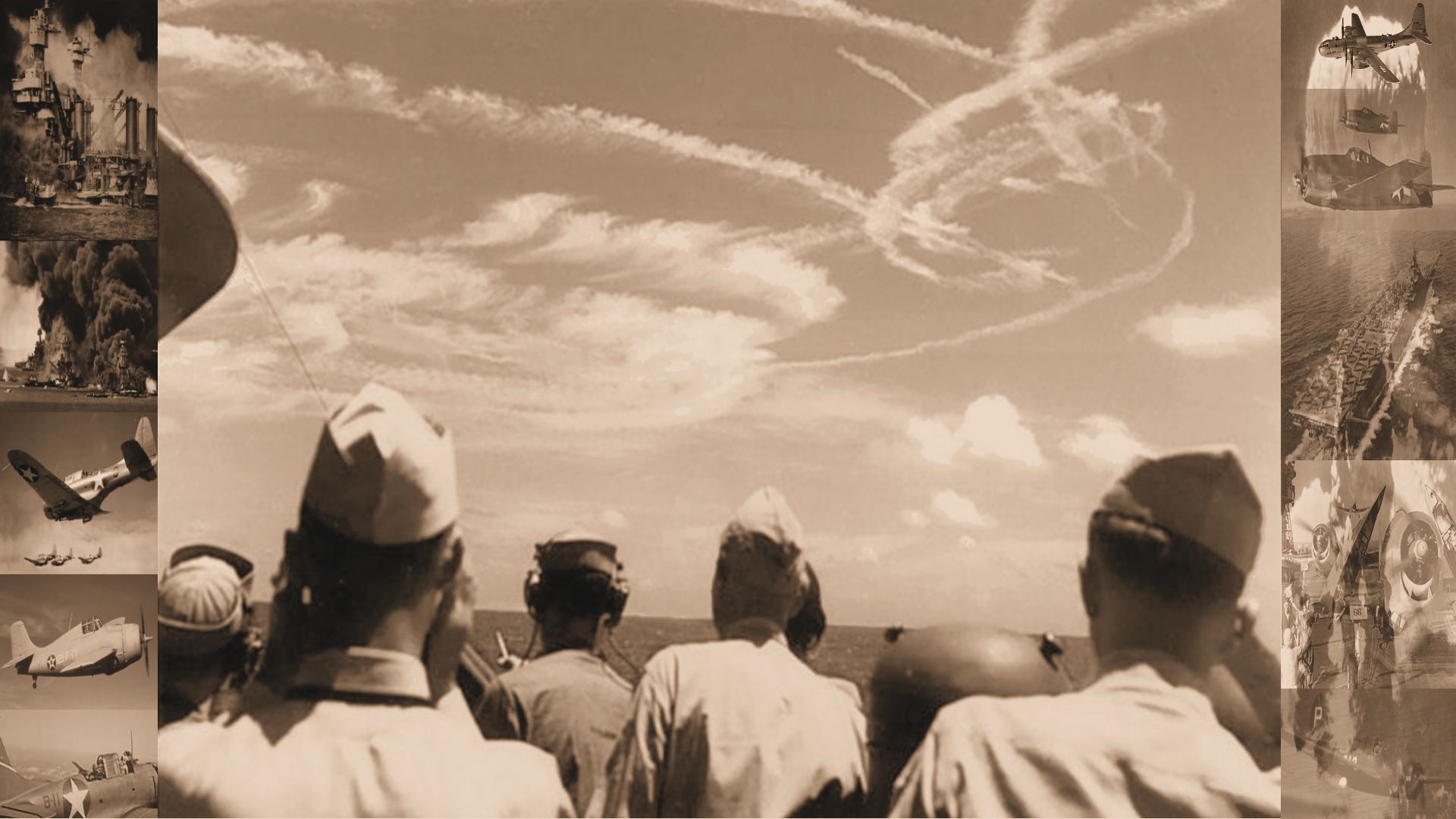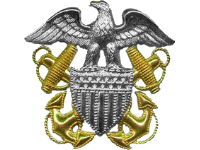



|

|

|

|
Creation
The navy traces its origins to the Continental Navy, which was established during the American Revolutionary War and was essentially disbanded as a separate entity shortly thereafter. In the early stages of the American Revolutionary War, Massachusetts had its own navy. The establishment of a national navy was an issue of debate among the members of the Continental Congress. Supporters argued that a navy would protect shipping, defend the coast, and make it easier to seek out support from foreign countries. The Continental Navy achieved mixed results; it was successful in a number of engagements and raided many British merchant vessels, but it lost 24 of its vessels and at one point was reduced to two in active service. The navy was disbanded at war's end. The United States would be without a navy for nearly a decade a state of affairs that exposed its merchant ships to a series of attacks by Barbary pirates. The sole armed maritime presence between 1790 and the launching of the U.S. Navy's first warships in 1797 was the U.S. Revenue Cutter Service (USRCS), the primary predecessor of the U.S. Coast Guard. The US Union Navy played a major role in the American Civil War by blockading the Confederacy and seizing control of its rivers. A Union blockade on all major ports shut down exports and the coastal trade, but blockade runners (mostly owned and operated by British companies) provided a thin lifeline. Back to TopWorld War 1 The navy saw little action during World War I. It concentrated on mine laying operations against German U-Boats. Hesitation by the senior command meant that naval forces were not contributed until late 1917. Battleship Division Nine was dispatched to Britain and served as the Sixth Battle Squadron of the British Grand Fleet. Its presence allowed the British to decommission some older ships and reuse the crews on smaller vessels. Although Battleship Division Nine's service was limited mainly to convoy duty and the maintenance of the blockade of the German coast, its presence greatly augmented the strength of the Grand Fleet, thus making major combat between the British and German fleets even more unlikely in 1918. By helping to keep the High Seas Fleet effectively blockaded in port, Battleship Division Nine played a role in ensuring Allied control of the oceans. Included in ships sent to the war in Europe were Destroyers and U.S. Naval Air Force units that contributed to anti-submarine operations. Back to TopWorld War 2 The U.S. Navy grew into a formidable force in the years prior to World War II, with battleship production being restarted in 1937, commencing with the USS North Carolina (BB-55). Though ultimately unsuccessful, Japan attempted to neutralize this strategic threat with the 1941 surprise attack on Pearl Harbor. Following American entry into the war, the U.S. Navy grew tremendously as the United States was faced with a two-front war on the seas. It achieved notable acclaim in the Pacific Theater, where it was instrumental to the Allies' successful "island hopping" campaign. The U.S. Navy participated in many significant battles, including the Battle of the Coral Sea, the Battle of Midway, the Solomon Islands Campaign, the Battle of the Philippine Sea, the Battle of Leyte Gulf, and the Battle of Okinawa. By 1943, the navy's size was larger than the combined fleets of all the other combatant nations in World War II. By war's end in 1945, the United States Navy had added hundreds of new ships, including 18 aircraft carriers and 8 battleships, and had over 70% of the world's total numbers and total tonnage of naval vessels of 1,000 tons or greater. At its peak, the U.S. Navy was operating 6,768 ships on V-J Day in August 1945. To acheive this technology and industrial power proved decisive. Japan failed to exploit its early successes before the immense potential power of the Allies could be brought to bear. In 1941 the Japanese Zero fighter had a longer range and better performance than rival American warplanes, and the pilots had more experience in the air. But Japan only moderately improved the Zero and by 1944 the Allied navies were far ahead of Japan in both quantity and quality, and ahead of Germany in quantity and in putting advanced technology to practical use. Entirely new weapons systems were invented such as the landing ships like the 3,000 ton LST ("Landing Ship Tank") that carried 25 tanks thousands of miles and landed them right on the assault beaches. Furthermore, older weapons systems were constantly upgraded and improved. There were several Admirals who were able to grasp the importance of carrier warfare, such as Admirals Chester W. Nimitz, Raymond A. Spruance and Frank J. Fletcher who were able to defeat their Japanese counterparts in nearly every naval battle from Coral Sea onwards. Back to TopPost War The US Navy was a major contributor to the defeat of the North Korean invasion in the Korean War. While its aircraft were not able to fight the newer Soviet built Mig-15s, they were able to support ground forces, perform interdiction and provide rescue up and down the Korean Penninsular. All four Battleships also deployed to Korea and shelled many a target that was within range as well as supporting the invasion at Inchon.
|